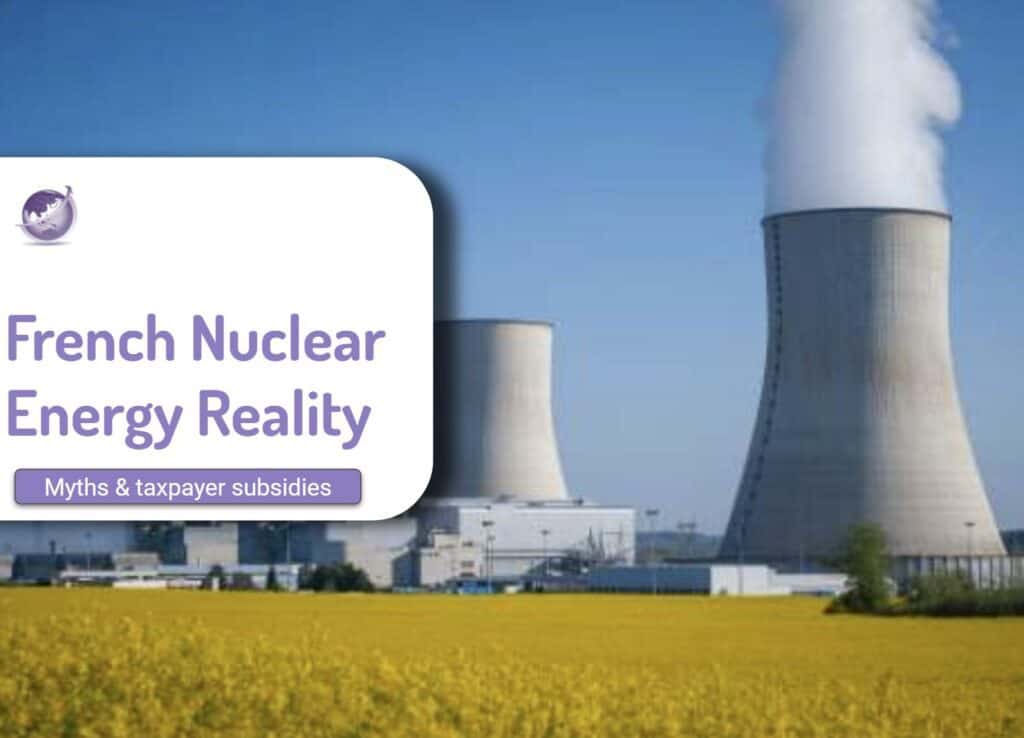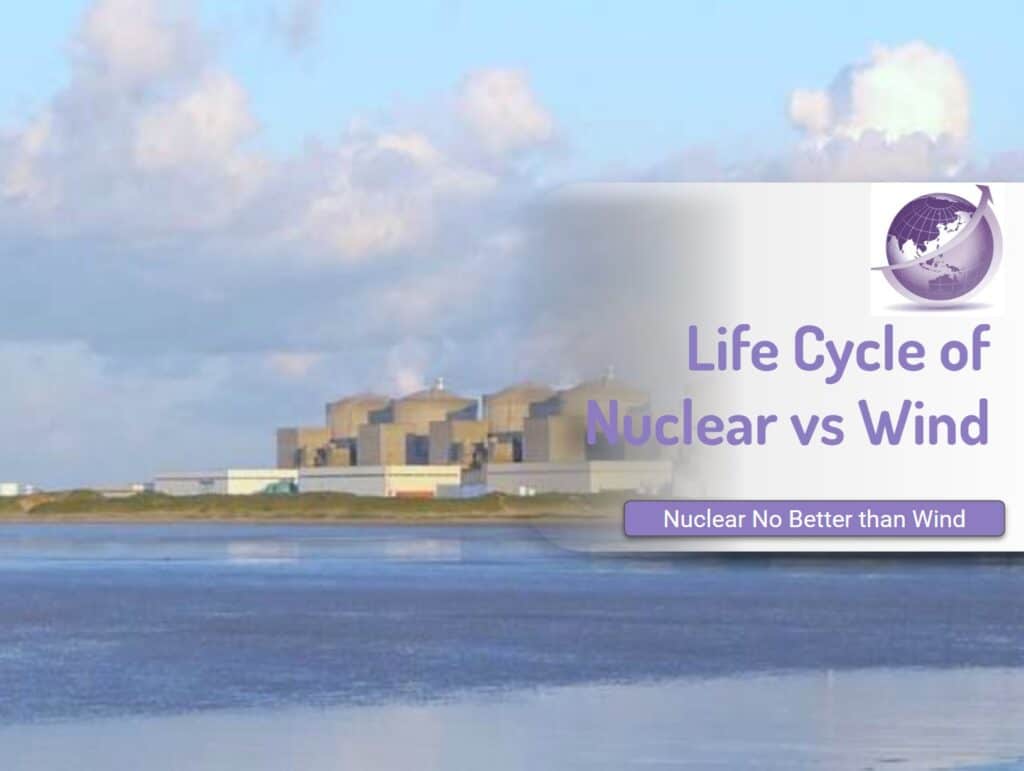Is renewable energy cheaper than nuclear energy and can it provide 100% of the nations energy demand? Some suggest that Australia should build a nuclear based electricity system rather than a renewable energy system which is currently what is underway now. Some suggest nuclear small modular reactors but they are at least a decade away. Modelling is done on the energy demand and energy supply with renewable energy in Australia. It is clear that:
- Technology is adequate with renewable energy and storage
- TheEconomics stack up
- Politics are the reason why this is not progressing faster.
In 2021, Australians installed 40% more rooftop solar than in 2020. Solar system installations make up 7% of the energy going into the national electricity grid. It results in increased periods of large oversupply when weather conditions favour solar energy, and leads to energy being wasted due to the need for solar curtailment. On the other hand, there is little solar generation during peak demand hours in the morning and evening which requires more expensive generators to run.
Electricity demand is highly variable. Renewable energy exacerbates the dealing with those variable bits. There is much heat in the argument, and advocates of nuclear say that their solution fits, whereas renewable energy advocates say that storage and demand management is more than technically capable and more economic. So we will look at the facts and data first. Politics should be absent in the first instance.
Facts about the NEM
The NEM is an integrated electrical grid on the east coast of Australia (National Energy Market). There is one on the west in Western Australia, but they are not connected and the cost to connect with something like a HVDC network would be very expensive. A study to cost a truly national electricity grid by extending the existing National Electricity Market to Far North Queensland (1500 km), Alice Springs (1200 km) and Perth (2400 km) and increase in generation in those areas is expected to cost $100 billion. The network costs would be less than $25B. Losses in HDVC is less than 3% over 1000km. The NEM is:
- About 100 generators
- About 55GW of generation capacity
- A daily peak demand of about 25GW
- Prices are about $45 per MWh but range from $27/ MWh in Tasmania to $90/MWh in Queensland.
- There is about 18GW of rooftop solar on about 25% of the 8 million dwellings and increasing about 3 GW per year with about 10% also choosing batteries.
Should Australia have Nuclear Energy to Provide 100%?
Some suggest nuclear energy can provide 100% of energy demand. So let’s look at France.
France Nuclear Industry
This winter peak output from France’s 63GW of nuclear was 48 GW. But peak demand was 88 GW. i.e. to guarantee peak demand France would have needed 88 x 63/48 = 115 GW of nuclear capacity. The average demand is only 51.3 GW. Which means for nuclear to supply both peak demand, and maintain availability is 2.25 time overbuild.
- Need at least 1.5x to cover variable availability
- 1.5x to cover peaks
- I.e a full nuclear system needs 2.2 X overbuild
Australia Nuclear vs Renewable Scenario
A Nuclear Option
Therefore in Australia’s case, that would mean a nuclear NEM would need 45 GW of nuclear or more sensibly 35 GW of nuclear and at least 10 GW of backup. The backup could be achieved with another 2 GW of pumped hydro distributed around the system. At current prices for nuclear power A$12bn/GW the cost of the nuclear bit is $420/bn. Interest and depreciation over 50 years works out at $32~35 bn/y
The Renewable Energy Scenario
If you look at OpenNEM you will find the worst renewable week is 75% of the average renewable week. As wind spreads throughout the country and east/west and tracking solar produce a greater share of electricity that gap is narrowing so by the time we have a very high renewable grid it will be at least 80%. Sticking with 75% and 30% overcapacity of renewables then in the worst week renewables will still provide more than enough energy, but it is true that for an hour or two once or twice a year you will need about 20 GW of backup including existing hydro.
So, let’s say we make the grid 60% wind, 20% utility solar and 40% rooftop. i.e 120% wind and solar with 10% hydro and biomass waste to energy etc. and we add 10 GW of batteries. That would mean we need 32 GW of wind, 17 GW of utility solar and about 70 GW of rooftop solar. At current costs that is $370 bn including the batteries. depreciated over 25 years. That works out to be $30 bn/y. However, as wind and solar costs are falling rapidly and nuclear isn’t a 15 year investment from now would see average prices over the program about 25~30% lower so in fact depreciation and interest would be about $20 bn/y
China Nuclear Race
In Nov 2021, China spoke of plans to go all out on nuclear to replace the 2990 coal fired power plants by 2060. For a full read head to Bloomberg. It currently has about 49.6GW currently, and has 17GW under construction. The status in 2021 from S&P Global was:
- Grid Solar 54.9GW projects came onstream, up 14% from 2020
- Residential PV installations = 21.5 GW in 2021, compared with just above 10 GW the previous year.
- Wind and solar will be the top 2, and in 2021 China added 111GW of wind and solar, and have
- Offshore wind 17 GW. They have the larges offshore wind turbines
China plans at least 150 new reactors in the next 15 years, more than the rest of the world has built in the past 35. The effort could cost as much as $440 billion; as early as the middle of this decade, the country will surpass the U.S. as the world’s largest generator of nuclear power.

The investment is subsidized at 1.4% interest by state banks, about the minimum for infrastructure projects in places like China or Russia. The nuclear power will cost about $42 per megawatt-hour., Similar to coal and natural gas in some places. At a10% rate, at the high end of the spectrum in developed economies, the cost of nuclear power shoots up to $97, more expensive than everything else.
The LCOE of wind and solar is less than $30 now. Some wind and solar in Australia is now under $20.
Nuclear Waste
In all discussions about nuclear, waste remains an unsolved problem.
- In the UK, the £163 billion problem of how to safely dispose of vast volumes of radioactive waste created by the last British atomic energy program remains unsolved.(see The Guardian).
- In the US, the Biden administration is launching a $6 billion effort to rescue nuclear power plants at risk of closing, citing the need to continue nuclear energy as a carbon-free source of power that helps to combat climate change. (CBS News)
Conclusion
However according to the US DOE operating costs of nuclear are US$40/MWh and wind and solar average US$15/MWh so to supply 210 TWh/y the operating costs of nuclear are A$11.6 bn per year vs $4.3bn for the renewable system.
In other words, if you add interest and depreciation to the operating costs the nuclear system will cost twice as much per MWh as the renewable system!
From Peter Farley, The Conversation 4 ways to stop Australia’s surge in rooftop solar from destabilising electricity prices
References
The Conversation. Christina Nikitopoulos, Alan Rai, and Muthe Mwampashi from University of Technology Sydney: 4 Ways to stop Australia’s surge in rooftop solar from destabilising electricity prices.









